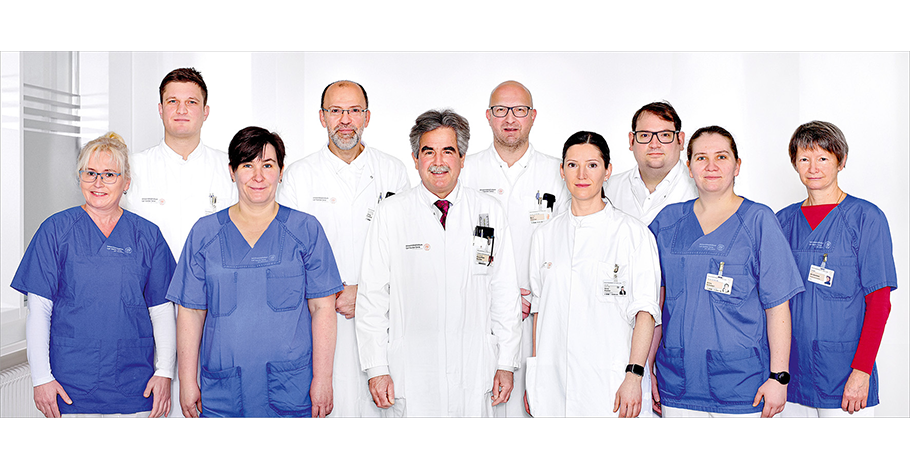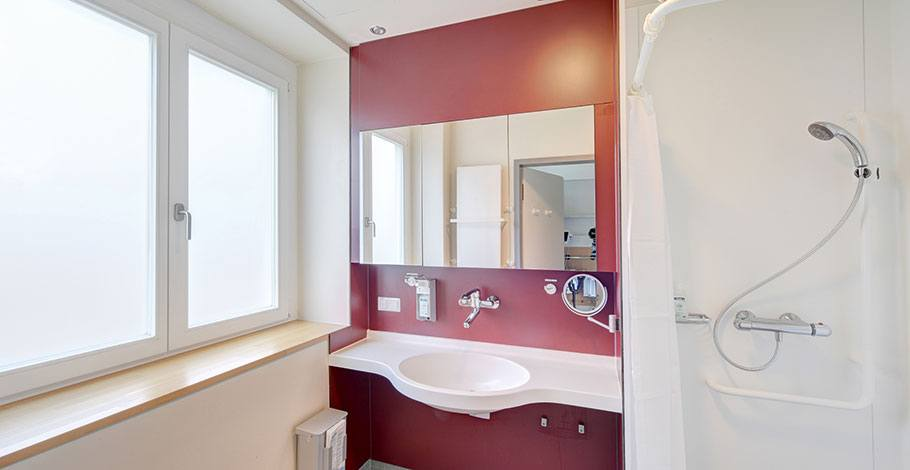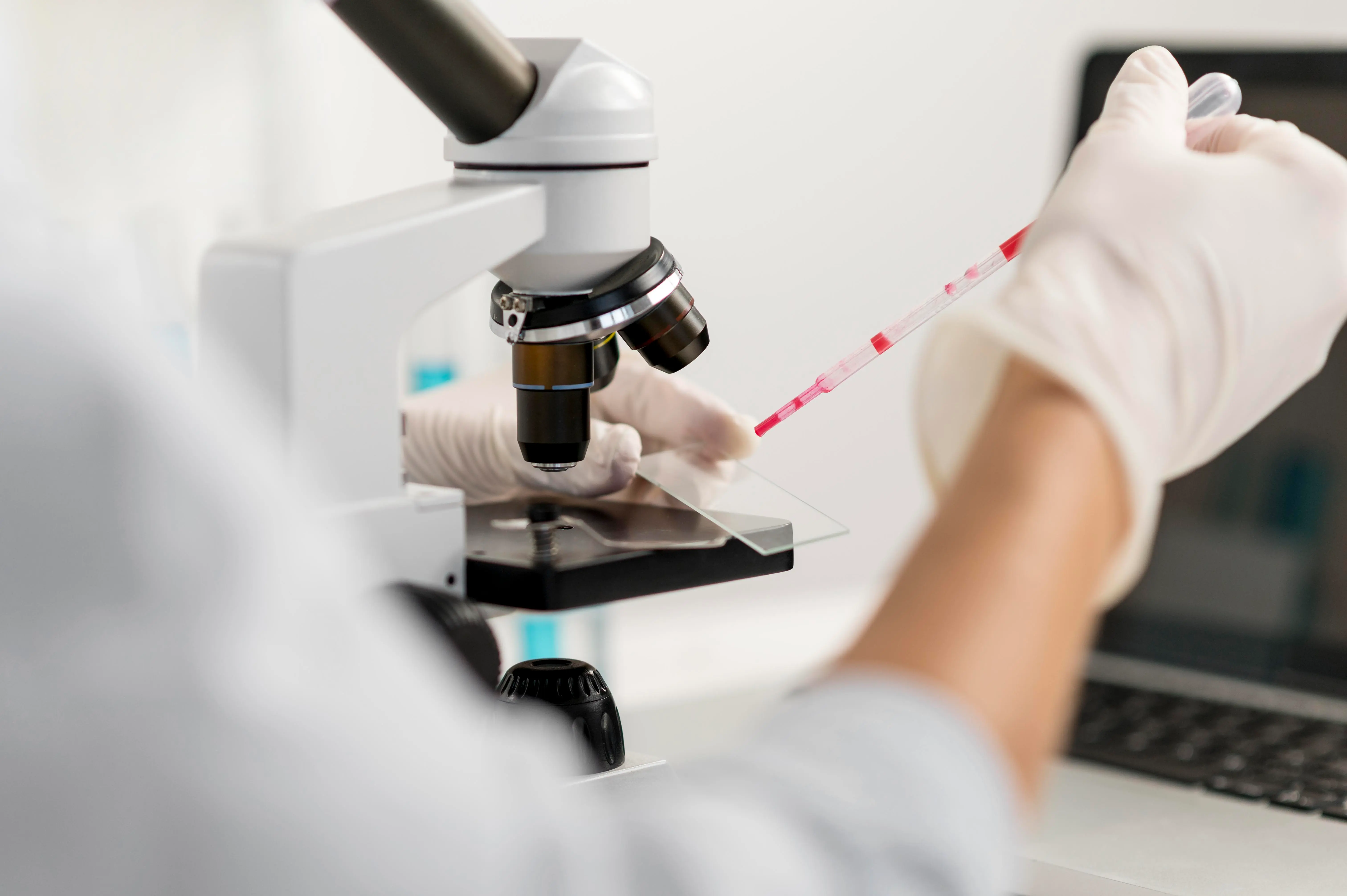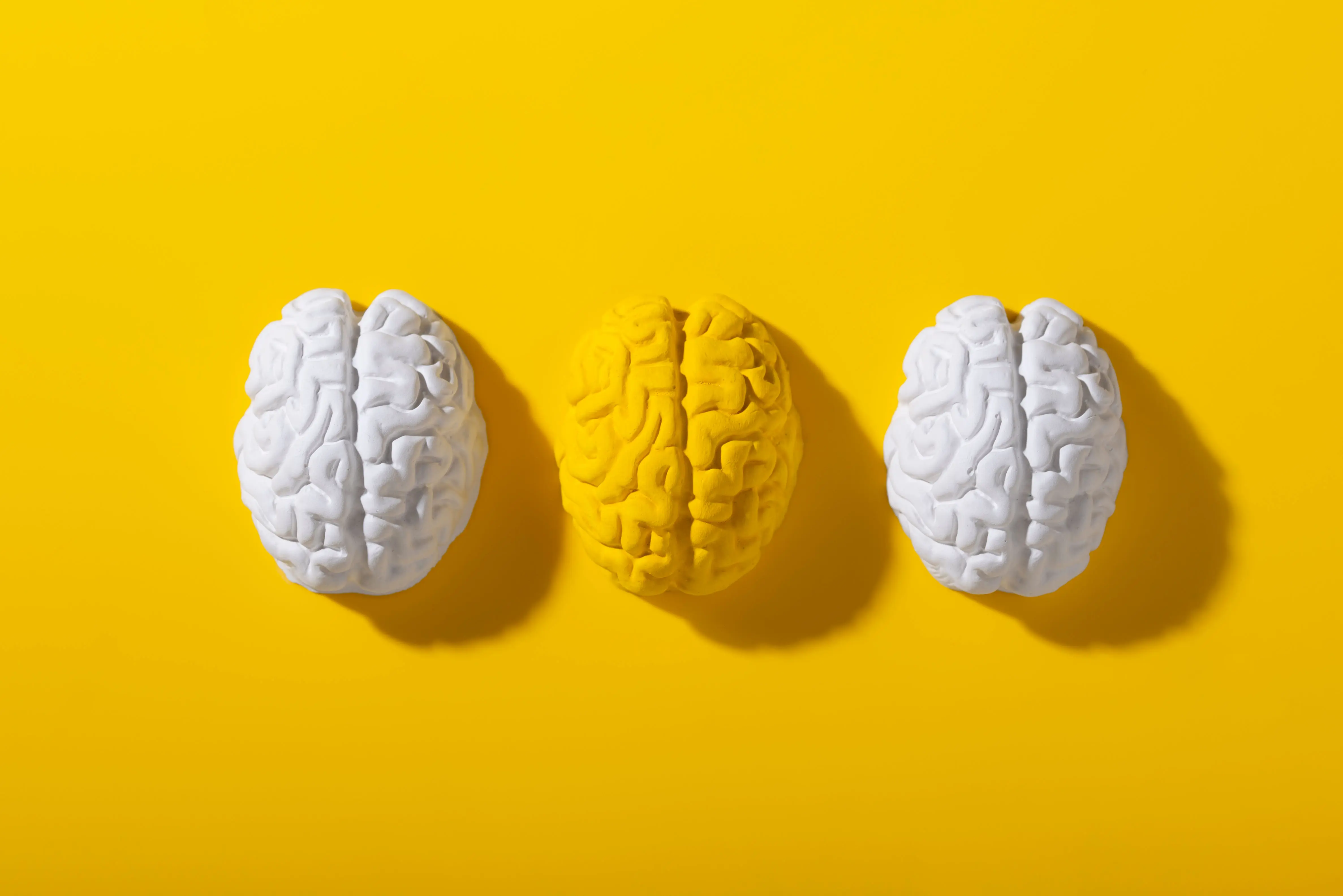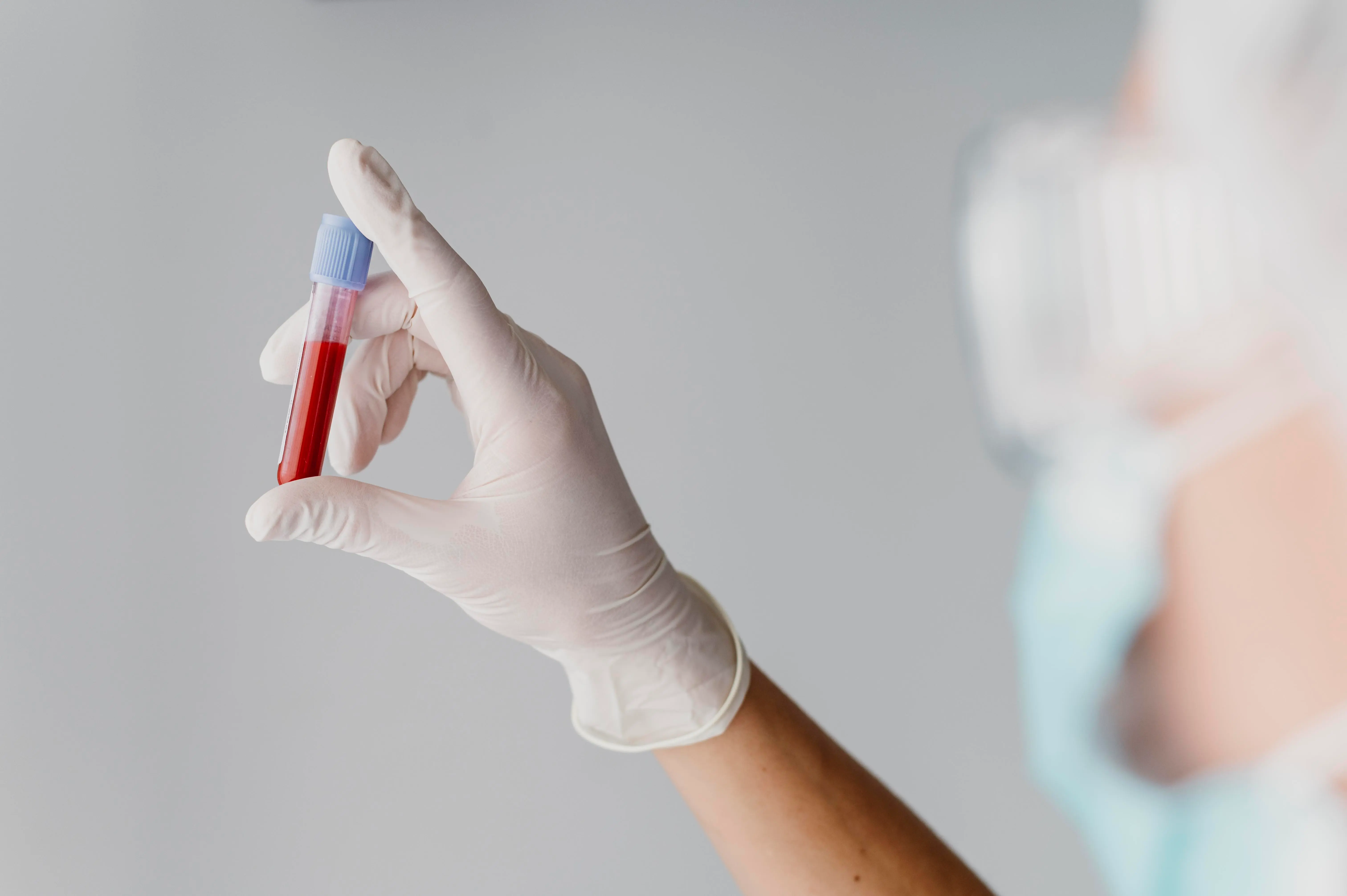
- Dresden
- Innovative Orthopedics & Sports Orthopedics
Professor Dr. med. Klaus-Peter Günther
OUC Universitätscentrum für Orthopädie und Unfallchirurgie Dresden
Services
The specialists for complex cases
"Cooperation between Bavaria and Saxony is as old as German unity," once said the former Saxon Prime Minister Stanislaw Tillich. Professor Klaus-Peter Günther contributes significantly to this cooperation in the field of medicine - since 2002, the native Allgäuer has been at the head of the University Center for Orthopedics and Traumatology (OUC) at the University Hospital Carl Gustav Carus Dresden. The rolling R in his speech reveals his origin even 18 years after the move - but in his heart, the 60-year-old has long felt like a Dresden native who loves the Elbe as much as the city's art treasures.
When Günther took over the medical management position in the early 2000s, there were still two clinics: one for trauma surgery and one for orthopedics. From then on, premises, staff, and expertise were closely coordinated and merged into a center, today's OUC. Here, orthopedic specialist Prof. Günther and trauma surgeon Prof. Klaus-Dieter Schaser jointly lead the way. For patients, the merger brings many advantages: They are jointly cared for by orthopedic and trauma surgery specialists and can be sure of the double expertise for their procedure.
In 2018 alone, Dresden doctors inserted 1100 artificial joints. Many of the patients are medically very demanding: "In addition to their hip or knee disease, they suffer from other serious health problems," quotes Günther the statistics.
"We are extremely careful in the treatment of comorbidities."
Many have already had a heart attack, suffer from a clotting disorder or excessively high blood sugar. Here in Dresden, they are prepared for exactly these patients. To successfully provide them with an artificial joint, the endoprosthetists cooperate with specialists in heart, kidney, or vascular diseases from other clinics on the Uni Campus, affirms Günther. "Maybe we can't offer the luxury of a private clinic – but we score with a high level of medical safety." In late 2019, an even more improved treatment path was introduced with the "OptiTEP" procedure, which aims for optimal patient recovery following surgical interventions.
The Dresden team also takes care of patients whose joints are severely deformed. This expertise is in constant demand, because especially in Saxony, an above-average number of people suffer from a congenital malformation of the hip socket, says clinic director Günther. Another specialty of the clinic is the endoprosthetic care of post-traumatic knee osteoarthritis, as it occurs after injuries and accidents. In other clinics, the proportion of such patients is one to two percent; in Dresden, it is ten percent. Especially in complicated knee conditions, the knee endoprosthetists around Professor Jörg Lützner, head of the Endoprosthetics Center at OUC, like to use computer-assisted navigation. Lützner has a clear goal: "By using the computer, we manage to place the artificial joint more precisely and reliably."
This creates optimal conditions for a long durability of the artificial knee. However, the special expertise of the Dresden endoprosthetics team not only concerns primary surgeries but also the replacement of loosened and infected implants. Due to the high specialization in the OUC and a supraregional catchment area, their proportion is increasing. "With a certified bone bank for complicated revision surgeries, the extensive range of special implants, and the special experience of our surgeons on both the knee and hip joints, patients are excellently cared for here," explains Lützner.
"With us, both orthopedists and trauma surgeons contribute their expertise to the treatment of patients."
Such statements can also be backed up with numbers by the Dresden joint specialists, because the doctors at the Endoprosthetics Center know their patients as well as hardly any other clinic in Germany. Already in 2005 – almost ten years before the national endoprosthetics register – the Dresden hip register started. Since then, all patients have been thoroughly checked over before and after the operation, and numerous data have been collected anonymously: about the implant used, activities with the old joint, and quality of life with the new joint.
"These data reveal prognostic factors for a good surgery outcome," explains Lützner. Today, it is known that an optimistic patient is later more satisfied with an implant than a pessimistic one: "The patient's attitude towards an artificial joint has more influence on its functionality than the choice of the implant or the access route." The results would vary by up to ten percent depending on the mood of the patients.
Another mosaic stone, which according to Dresden research contributes to a satisfying life with the artificial joint, is the competence and knowledge of the patients. Accordingly, the information offering for those interested in surgery is extensive. For example, at the info evenings, former patients describe the treatment processes in the endoprosthetics center. Günther and Lützner are convinced of this concept: "Who knows what to expect will have more success experiences with their new joint."


